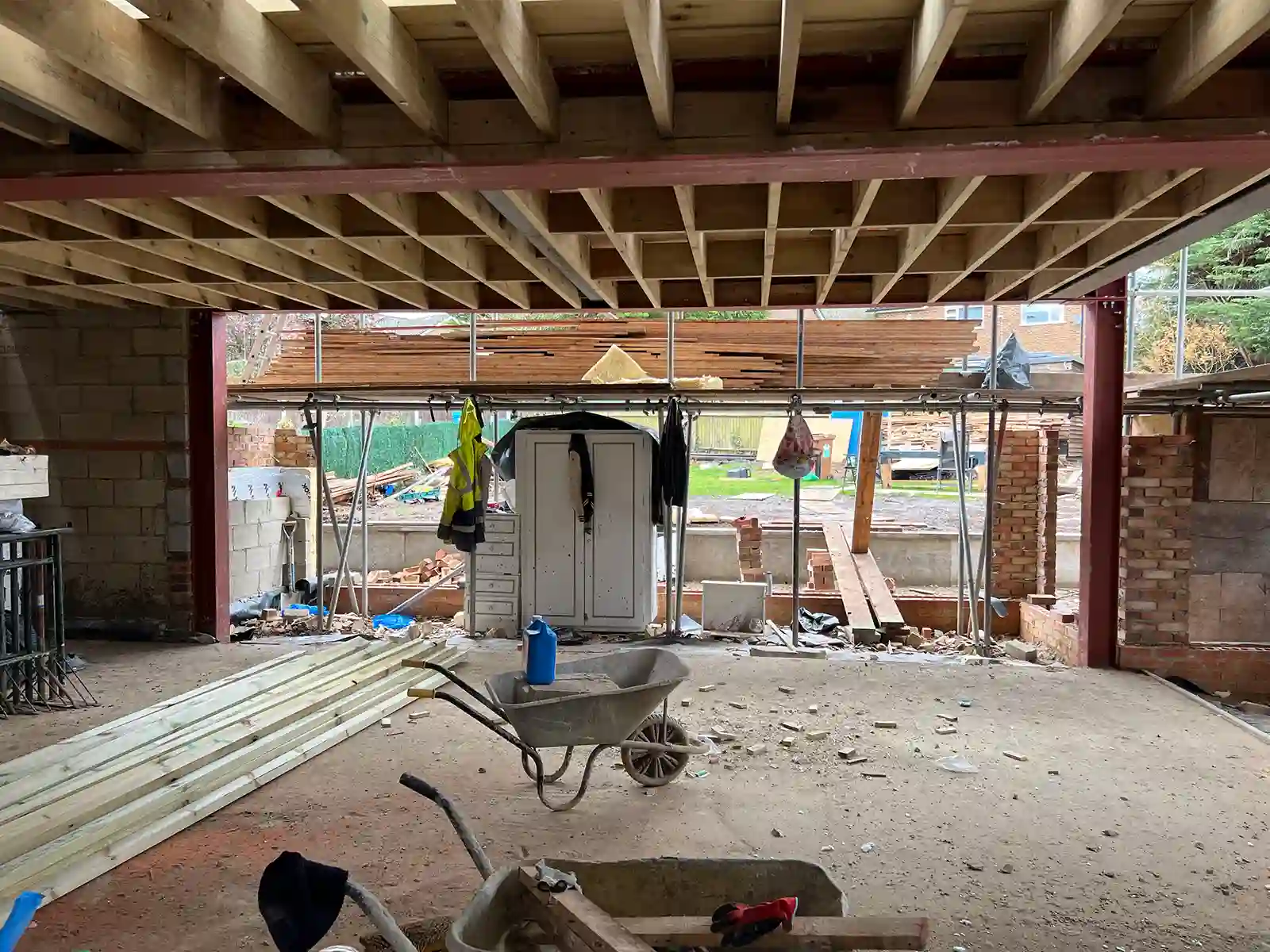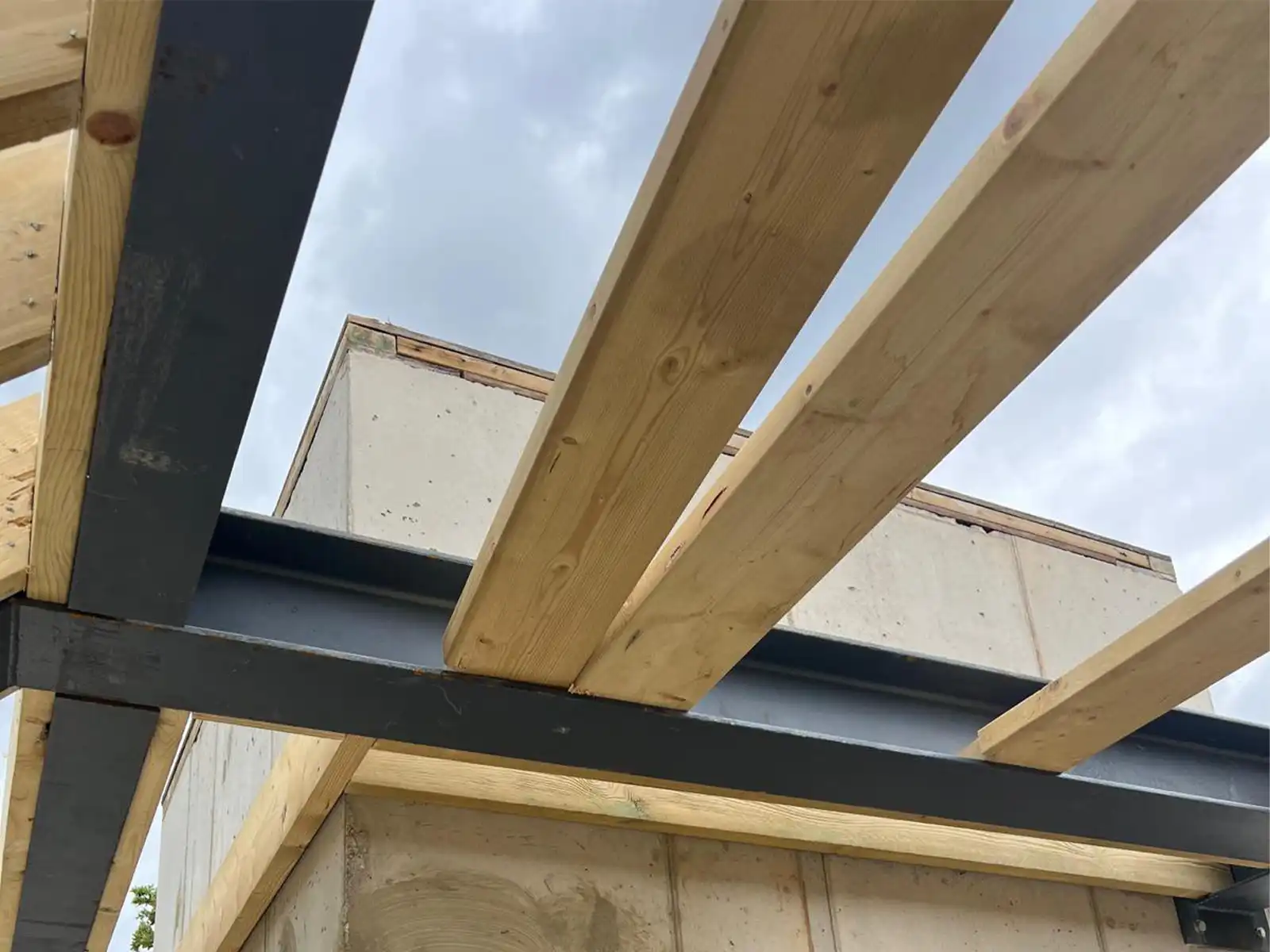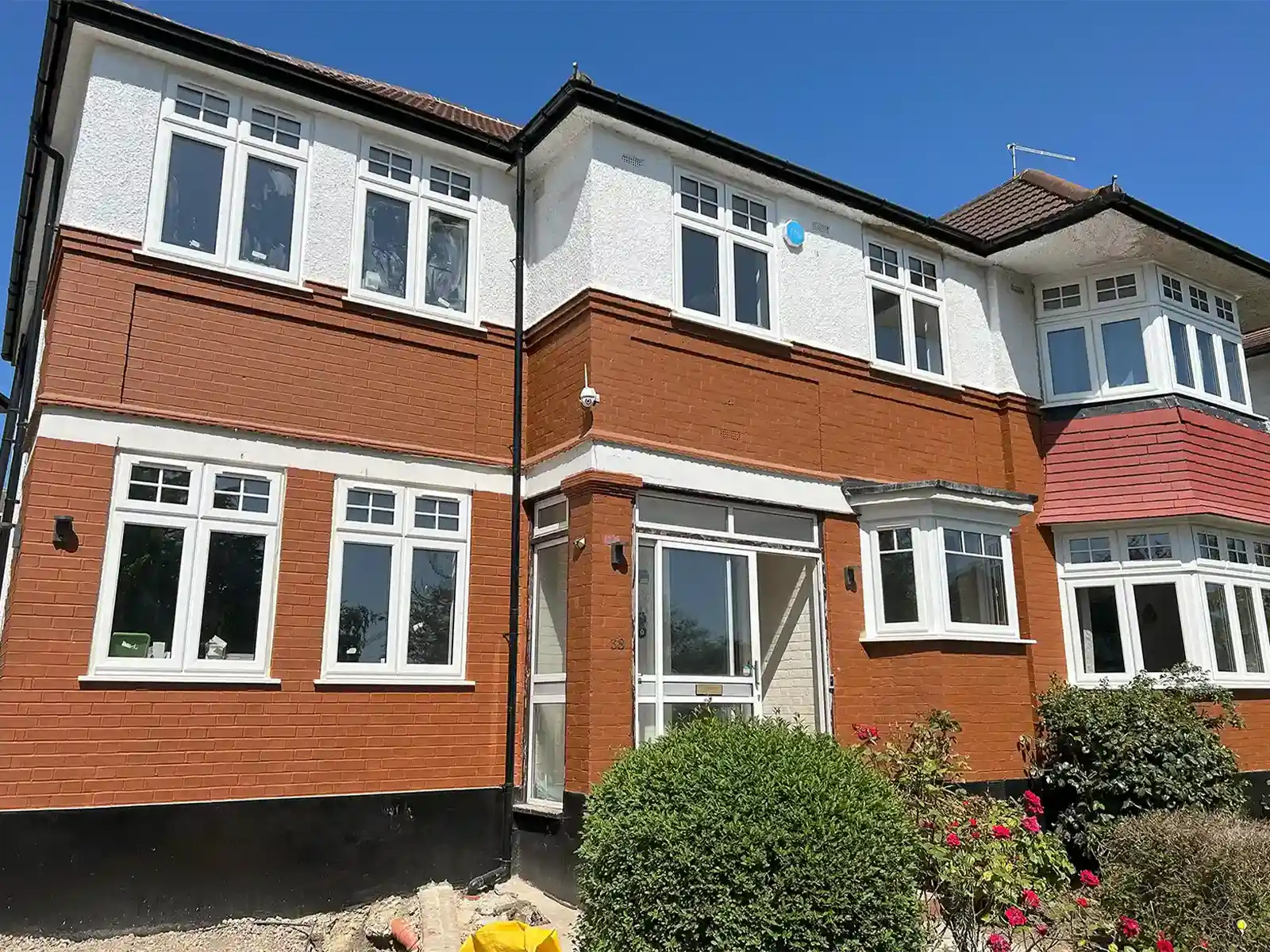Do I need Planning for HMO and Certificates of Lawful Development
Understanding HMOs and Certificates of Lawful Development
Are you thinking about renting your house to people who aren’t family? This article is for you! It explains all the steps for Houses in Multiple Occupation (HMOs) and Certificates of Lawful Development.
HMOs are properties rented out by at least three people who are not from one ‘household’ but share facilities like the bathroom and kitchen.
On the other hand, a Certificate of Lawful Development is like a special paper that shows a house is allowed to be used in a certain way or changed in a certain way, and it’s totally okay with the rules.
Can I convert a house into an HMO under permitted development rights?
The good news is that converting a dwelling house or flat to an HMO property, which is a small shared house for up to six unrelated individuals, generally doesn’t require planning permission.
However, if your council enforces an Article 4 direction, removing permitted development rights, you will need planning permission for the change of use from a C3 dwelling house to a C4 HMO. It’s important to be aware of the increasing occurrence of Article 4 directions and the risks associated with non-compliance.
It’s worth noting that Article 4 directions do not prohibit developments but require planning permission for HMO conversions. So, if you want to rent your family home to three or more people who aren’t family, and there are special rules in your area (called Article 4), it’s a good idea to ask for permission to do that. It’s like getting a thumbs-up before you go ahead.
What is the difference between C3 and C4 use
In the UK, properties are classified into different ‘use classes’ under the Town and Country Planning (Use Classes) Order. The most relevant use for HMO investors are C3 (dwelling houses) and C4 (houses in multiple occupation). C3 properties are intended for single dwelling use, while C4 properties are specifically designated for HMO use.
Investors looking to convert a property into an HMO need to be aware of these use classes and ensure that the property is legally designated for such use. This may involve obtaining a Certificate of Lawful Development to confirm that the property can be lawfully used as an HMO. Knowing what kind of category your house falls into is really important. This helps you avoid any problems with the law or rules when you want to change your house into a place where many people can live (HMO).
Class L offers a straightforward process for transforming a residential property, such as a house or flat, from a C3 category to a C4 House in Multiple Occupation (HMO), or vice versa, converting a C4 HMO back into a single dwelling.
This particular HMO accommodates between 3 and 6 residents. If the number exceeds 6, it would fall under the Sui Generis category within the use class system.
However, there are limitations. The conversion is not possible if an Article 4 directive is in place to restrict HMOs, or if a previous planning permission has revoked Class L rights. Additionally, compliance with minimum bedroom sizes and other HMO licensing requirements is essential.
Aside from these considerations, the change of use within the General Permitted Development Order (GPDO) is quite obvious. Notification to the local authority is unnecessary unless a license is required.
It’s important to note that the permitted development does not allow for splitting the property into more than one HMO or more than one C3 unit.
What are the criteria for withdrawing permitted development rights for HMOs?
An Article 4 direction is a tool used by local authorities to restrict permitted development in certain circumstances. It requires a clear plan showing the specific area affected by the direction, which must be based on evidence.
The aim of implementing Article 4 directions is to manage houses in multiple occupation (HMOs) more effectively, improve residents’ living standards, and maintain a balanced community. Research has shown that an over-concentration of HMOs can lead to issues such as poor accommodation standards, loss of local character, reduced environmental quality, increased noise complaints, anti-social behavior, loss of single-family homes, higher crime rates, parking problems, dominance of private renting, strain on local services, and changes to local retail provision.
But it’s good to remember that houses where many people live (HMOs) are also really important for giving affordable homes. This is especially true for students and people who need a place to stay for a little while.
Well-located HMOs with access to public transport and local amenities play a significant role in providing affordable housing options.
London councils that have Article 4 directions for HMO’s
- The following London councils have implemented Article 4 directions, removing permitted development rights for HMOs (houses in multiple occupation):
- Barking and Dagenham HMO
- Barnet HMO
- Greenwich HMO
- Haringey HMO
- Hillingdon HMO – See HMO map
- Lewisham HMO (currently covering the south of the borough, with the rest to join in September 2023)
- Newham HMO
- Southwark HMO
- Waltham Forest HMO
When considering HMO conversions, it’s important to note that Article 4 directions may not cover the entire borough and can vary in scope. To ensure compliance, it is recommended to visit your council’s website or consult with professionals before proceeding with any HMO conversions. If you are aware of any other areas with Article 4 notices for HMOs, please inform us so that we can keep this information up to date.
Additionally, London councils may employ other planning control measures in conservation areas where the preservation of the area’s character is deemed necessary.
The process of obtaining a Certificate of Lawful Development for HMOs
The process of obtaining a Certificate of Lawful Development for an HMO involves demonstrating that the property meets the legal requirements for use as an HMO. This typically includes providing evidence of the property’s existing use and any relevant planning history. Landlords or property owners can apply for a Certificate of Lawful Development through their local planning authority, providing the necessary documentation and information to support their application.
It’s important to note that the process of obtaining a Certificate of Lawful Development for an HMO can vary depending on the specific circumstances of the property. In some cases, the property may already have the necessary lawful use as an HMO, and the certificate serves to confirm this.
In other cases, property owners may need to demonstrate that the property meets the legal definition of an HMO and is suitable for such use. Working with experienced planning consultants or legal professionals can help streamline the process and ensure a successful application for the Certificate of Lawful Development for an HMO.
It’s crucial to emphasize that the “Levelling Up and Regeneration Bill”, including its proposed amendments on hmo regulations, was introduced to Parliament in May 2022 and is presently being debated by the House of Commons Committee as of September 2022.
The primary goal of this bill is to extend the enforcement period from 4 years to 10. If successfully passed, individuals applying for a Certificate of Lawfulness might soon need to demonstrate 10 years of continuous hmo use, although it’s worth noting that the implementation of this specific change is not likely. within the next two years.
In addition to this proposed amendment, councils are expected to gain new authority to issue enforcement warning notices for planning contraventions before resorting to full enforcement notices.
These warning notes give people a chance to fix things if they didn’t follow the rules. It’s like a second try. They usually have about 14 or 21 days to say sorry and try to fix the problems. If they do it in time, they might not get in trouble with the big rules.
Is HMO Licensing Required for My Property?
Although the planning process is separate from HMO licensing, it is important to note that HMO licensing is not always required in all cases. Mandatory House in Multiple Occupation (HMO) licensing is only applicable to HMO properties that accommodate 5 or more individuals. The government has a helpful guide about HMO licenses. It talks about how these licenses are super important because they make sure that people who might need extra care or help are living in safe and healthy places.
The Council possesses the power to enforce extensive licensing measures that go beyond HMOs. These measures consist of ‘Selective Licensing,’ which applies to all privately rented properties, and ‘Additional Licensing,’ which specifically targets HMOs in particular areas or as a whole. It is advisable to confirm the HMO licensing requirements with your local Council.
Forgetting to get the special permission (HMO license) for your rented house could mean you have to pay a big fine, as much as £20,000. This shows how important it is to follow the rules for houses where many people live.
Write us a message
We look forward to learning how we can help you. Simply fill in the form below and someone on our team will get back to you within two business days.
Read other posts
Ready to unlock the potential of your project?
We speciallise in crafting creative design and planning strategies to unlock the hidden potential of developments, secure planning permission and deliver imaginative projects on tricky sites










